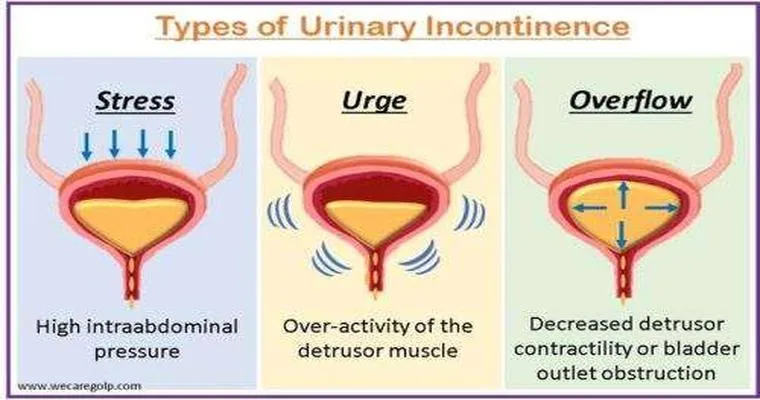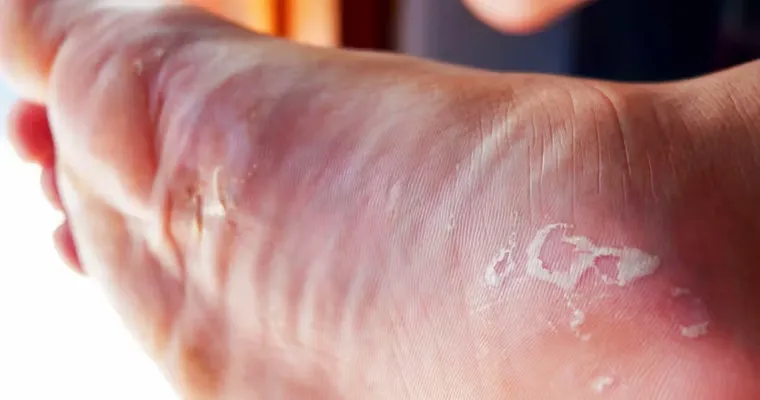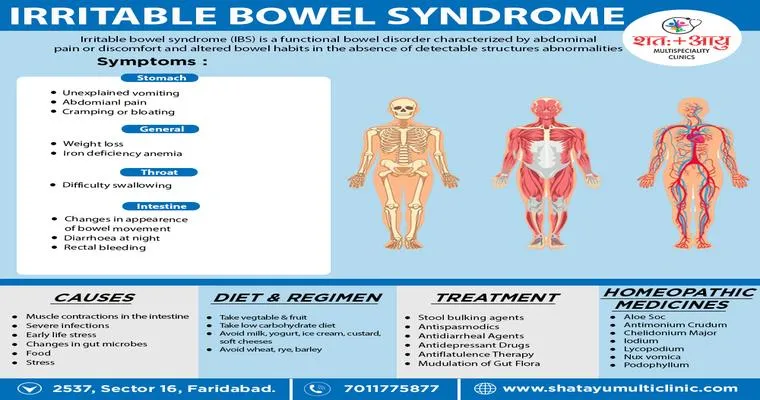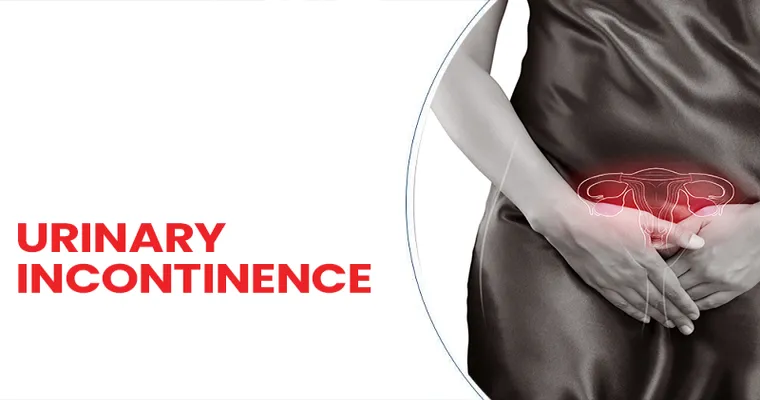Urinary incontinence is a common condition that affects millions of people worldwide. It can be defined as the involuntary loss of urine, which can lead to significant emotional and social challenges. Understanding the "four main types of urinary incontinence" is essential for effective management and treatment. These types include "stress incontinence", "urge incontinence", "overflow incontinence", and "functional incontinence". By recognizing the differences among these types, individuals can seek appropriate help and improve their quality of life.
Stress Incontinence
Stress incontinence occurs when physical activities such as coughing, sneezing, laughing, or exercising put pressure on the bladder. This type of incontinence is most common in women, particularly after childbirth or menopause, due to weakened pelvic floor muscles. Treatment options may include pelvic floor exercises, lifestyle changes, or surgical interventions for more severe cases.
Urge Incontinence
Urge incontinence is characterized by a sudden and intense urge to urinate, often resulting in involuntary leakage. This type of incontinence can be caused by various factors, including bladder infections, neurological disorders, or an overactive bladder. Individuals may find themselves needing to urinate frequently and may experience nocturia, which is waking up at night to urinate. Management often involves bladder training, medications, and lifestyle modifications.
Overflow Incontinence
Overflow incontinence happens when the bladder does not empty completely, leading to frequent or constant dribbling of urine. This type is more prevalent in men, often due to prostate issues. Conditions like diabetes or neurological disorders can also contribute to overflow incontinence. Treatment may involve catheterization, medications, or surgery to relieve obstructions in the urinary tract.
Functional Incontinence
Functional incontinence occurs when a person is unable to reach the bathroom in time due to physical or cognitive impairments. This may be seen in elderly individuals or those with disabilities. Unlike other types of incontinence, functional incontinence is not a direct result of urinary system issues but rather a challenge related to mobility, vision, or mental state. Solutions often include modifying the environment for easier access to restrooms and implementing assistive devices.
Conclusion
Understanding the "four kinds of urinary incontinence" is crucial for anyone experiencing symptoms. Each type presents unique challenges and requires different approaches to treatment. If you or someone you know is struggling with urinary incontinence, it is important to consult a healthcare professional. They can provide guidance on the best management strategies tailored to individual needs, helping to restore confidence and improve daily living.





